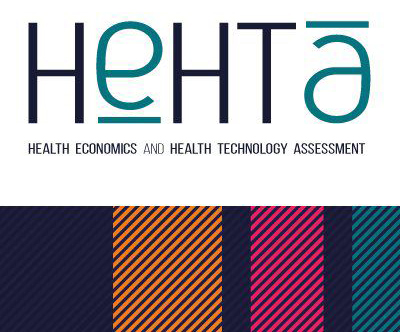Economics of Precision Medicine (EPM)

One of the challenges of precision medicine is to distinguish between chance variation and 'real' reproducible subgroup effects.
Population health will be improved by identifying treatments that have favourable risk-benefit or cost-effectiveness ratios for individual patients (1). This is described as stratified, precision, or personalised medicine and is underpinned by subgroup analyses. Unreliable subgroup analysis may harm patients and waste scarce resources - not least through futile confirmatory trials. HEHTA is hosting an MRC funded research project investigating the use of fully Bayesian methods to increase the reliability of subgroup selection. In addition, we are investigating the implications of precision medicine for study design (2) and technology pricing (3).
(1) Fletcher C, Chuang-Stein C, Paget M, Reid C, Hawkins N. Subgroup analyses in cost-effectiveness analyses to support health technology assessments. Pharm Stat 13(4):26-74.
(2) Woods B, Veenstra D, Hawkins N (2011). Prioritising pharmacogenetic research: A value of information analysis of CYPD2D6 testing to guide breast cancer treatment. Value in Health, 14(8), 989-1001.
(3) Hawkins NS, Scott DA. Reimbursement And Value-Based Pricing : Stratified Cost-Effectiveness Analysis May Not Be The Last Word. 2011;698(June 2010):688-98.
Programme Lead: Neil Hawkins


